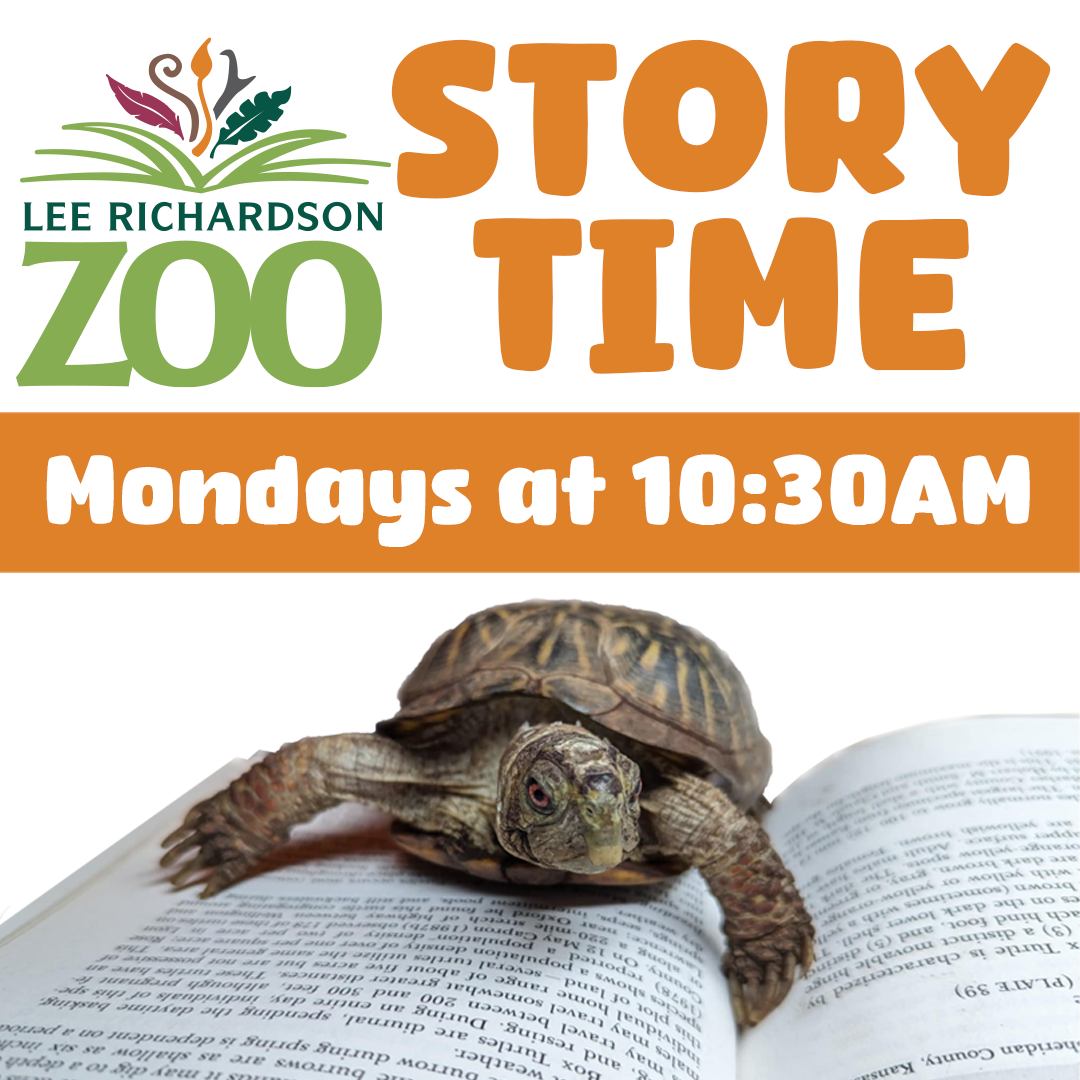- Understanding the role of storytelling in wildlife conservation.
- Exploring the educational benefits of zoo story time for children and adults.
- Examining the collaboration between zoos and conservation organizations.
- Highlighting the impact of storytelling on public engagement and awareness.
- Discussing the integration of technology and interactive elements in storytelling.
Storytelling can be a transformative force in wildlife conservation and education. At zoos worldwide, "Join us for Story Time at 10:30!" invites people of all ages to embark on a journey into the lives of animals and the challenges they face. This initiative combines fun with learning, offering profound insights into the animal kingdom and its preservation.
The significance of storytelling in conservation cannot be overstated. Stories have long been a means to pass down knowledge, instill values, and inspire change. By integrating storytelling into conservation efforts, zoos make complex ecological concepts accessible to all. Through engaging narratives, visitors can connect emotionally with animals and their habitats, fostering a sense of responsibility towards the natural world.
Story time in zoos serves educational purposes that extend beyond entertainment. For children, these sessions introduce basic zoological concepts. They learn about animal behavior, habitats, and the delicate balance of ecosystems. This foundational knowledge strengthens their understanding of biology and environmental science, nurturing future stewards of the earth.
Adults also benefit greatly. Storytelling sessions delve into advanced topics, offering insights into ongoing conservation efforts and the scientific methods behind them. They highlight the threats facing species and the innovative solutions being implemented globally. This fosters informed citizens who can support conservation initiatives and influence policy changes.
Zoos collaborate closely with conservation organizations to enrich their storytelling endeavors. Partnerships with groups like the World Wildlife Fund and Conservation International allow zoos to present cutting-edge research and initiatives. These collaborations ensure that the content shared is accurate and relevant, enhancing the educational quality of each session.
Public engagement is a crucial aspect of conservation, and storytelling is an excellent tool for this purpose. By crafting compelling narratives, zoos capture the audience’s attention and empathy. These stories often feature real-life conservationists, bringing their tireless efforts and successes to life. Visitors leave inspired, understanding that they can contribute to conservation through simple actions such as reducing waste or supporting wildlife protection laws.
Technology plays an essential role in modern storytelling within zoos. Interactive displays, augmented reality, and digital storytelling elements create immersive experiences. Visitors can watch videos of animals in their natural habitats or use apps to learn more about specific species. This integration of technology not only appeals to tech-savvy generations but also enriches the learning experience.
Interactive storytelling elements encourage visitor participation, transforming passive observers into active learners. By engaging in discussions, answering questions, and even participating in hands-on activities, visitors reinforce their learning and retain information better. This active engagement ensures that the messages of conservation and environmental stewardship are internalized.
Moreover, storytelling at zoos is carefully crafted to highlight the interconnectedness of life. Animals do not exist in isolation; their survival often depends on intricate ecological networks. By focusing on these relationships, storytellers paint a comprehensive picture of ecosystems and the impact of human activities. This holistic approach broadens the audience’s perspective, encouraging a more sustainable way of living.
In addition to regular story times, zoos host special events featuring guest speakers, such as renowned conservationists and authors. These events provide unique opportunities for deeper involvement, making the conservation message even more powerful. Attendees gain firsthand knowledge from experts, further solidifying their commitment to making a difference.
Incorporating storytelling into zoo visits enhances the educational mission of these institutions. It transforms a simple trip into a meaningful experience that leaves a lasting impression. By "joining us for story time at 10:30," visitors embark on a journey that enlightens, inspires, and empowers them to take action for the future of our planet’s wildlife.
*****
Source Description
Join us for Story Time at 10:30!


